Snowshoes vs crampons: which is needed for your snowy adventures?
Snowshoes vs crampons: what are they, how do they compare and which ones do you need for your wintry adventures?
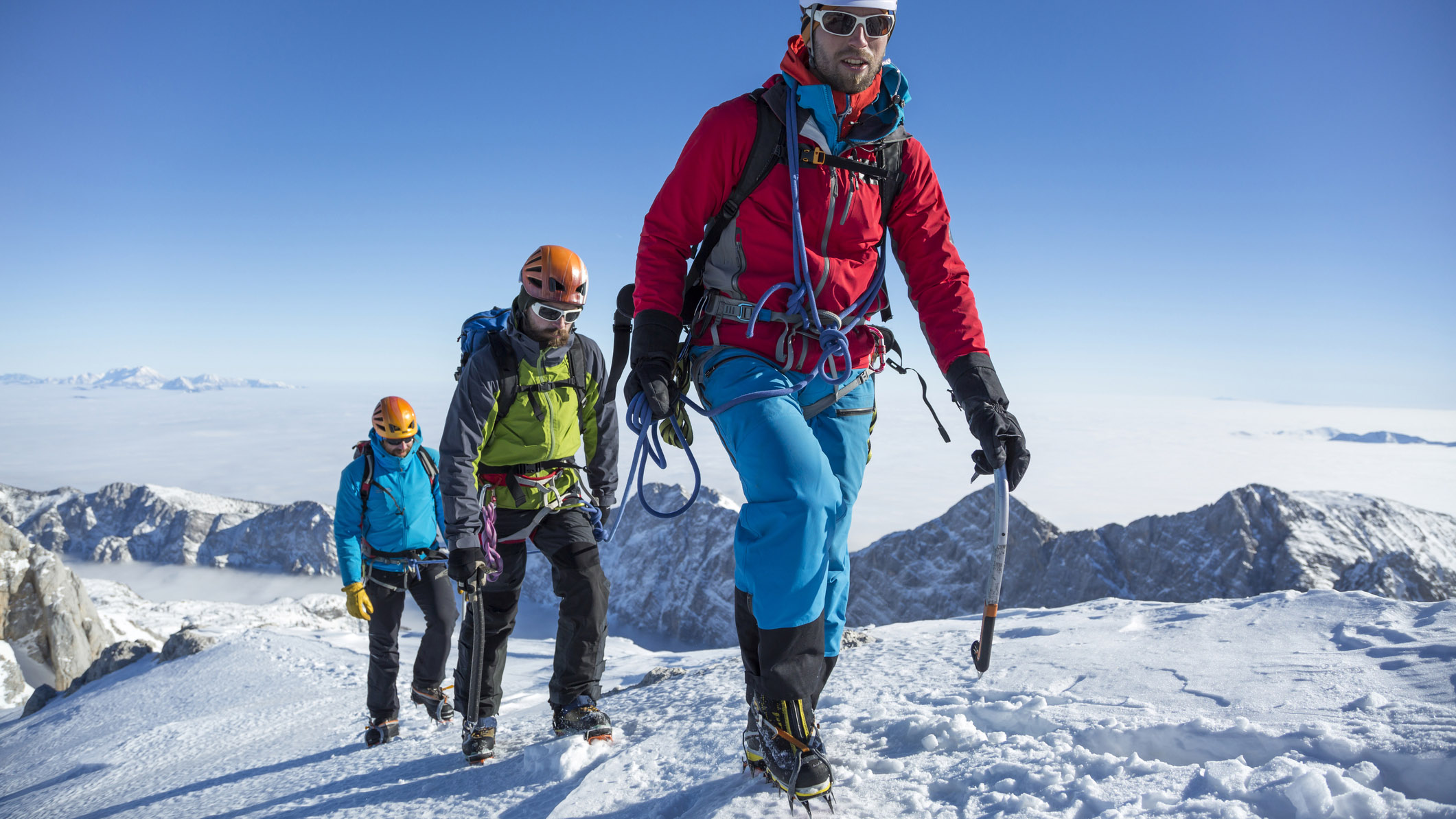
A covering of snow and sub-zero temperatures transform what was a relatively benign upland in summer into a testing arena in winter. The freezing season is when the high places are at their most beautiful and, for many, the pull of exploring the winter mountains is irresistible. However, this is also when they're at their most dangerous, so being equipped properly for your chosen adventures is key.
So, if you’ve been eyeing up any snow covered hiking trails this season, you’re probably considering getting some extra traction underfoot to keep you from slipping and falling. But can you get away with the wide snowshoes favored by winter walkers or do you need to strap on some rugged-looking crampons used by mountaineers? We go the distance on the question of snowshoes vs crampons to help you figure out what kind of traction you need this winter.
Meet the expert
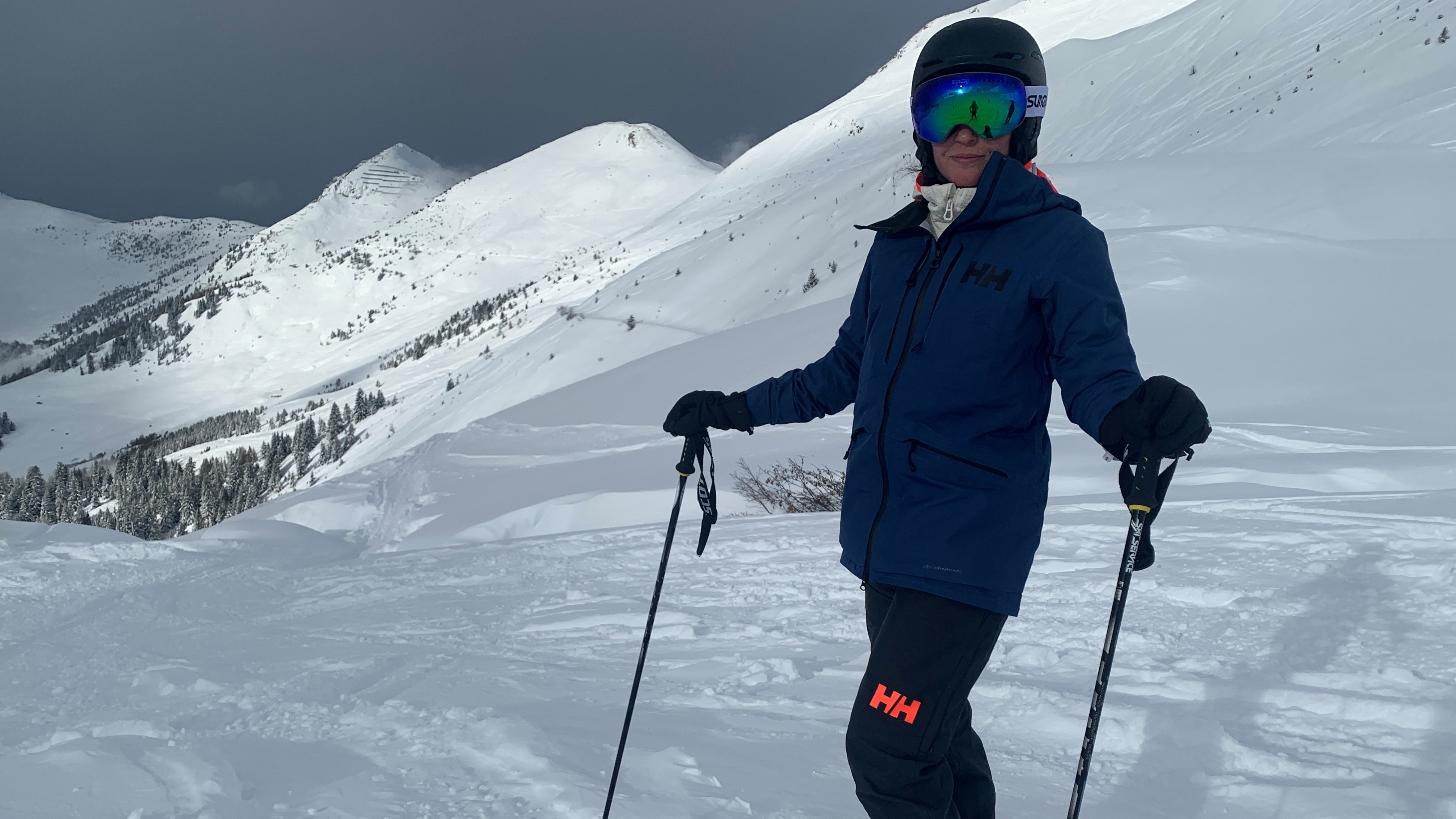
Mountains have always been a part of Julia's life. Growing up near the Scottish Highlands, she then took her peak adventures to new heights when she moved to the US for university, becoming no stranger to the Colorado 14ers. Now, back in her native Scotland, she loves getting out into the mountains to have a play in the snow.
Today's best deals
What's the difference between crampons and snowshoes?
- Snowshoes have a wide base that spreads your way, giving 'flotation' on snowy surfaces
- Crampons are a metal frame armed with grippy spikes that attaches to your winter boot
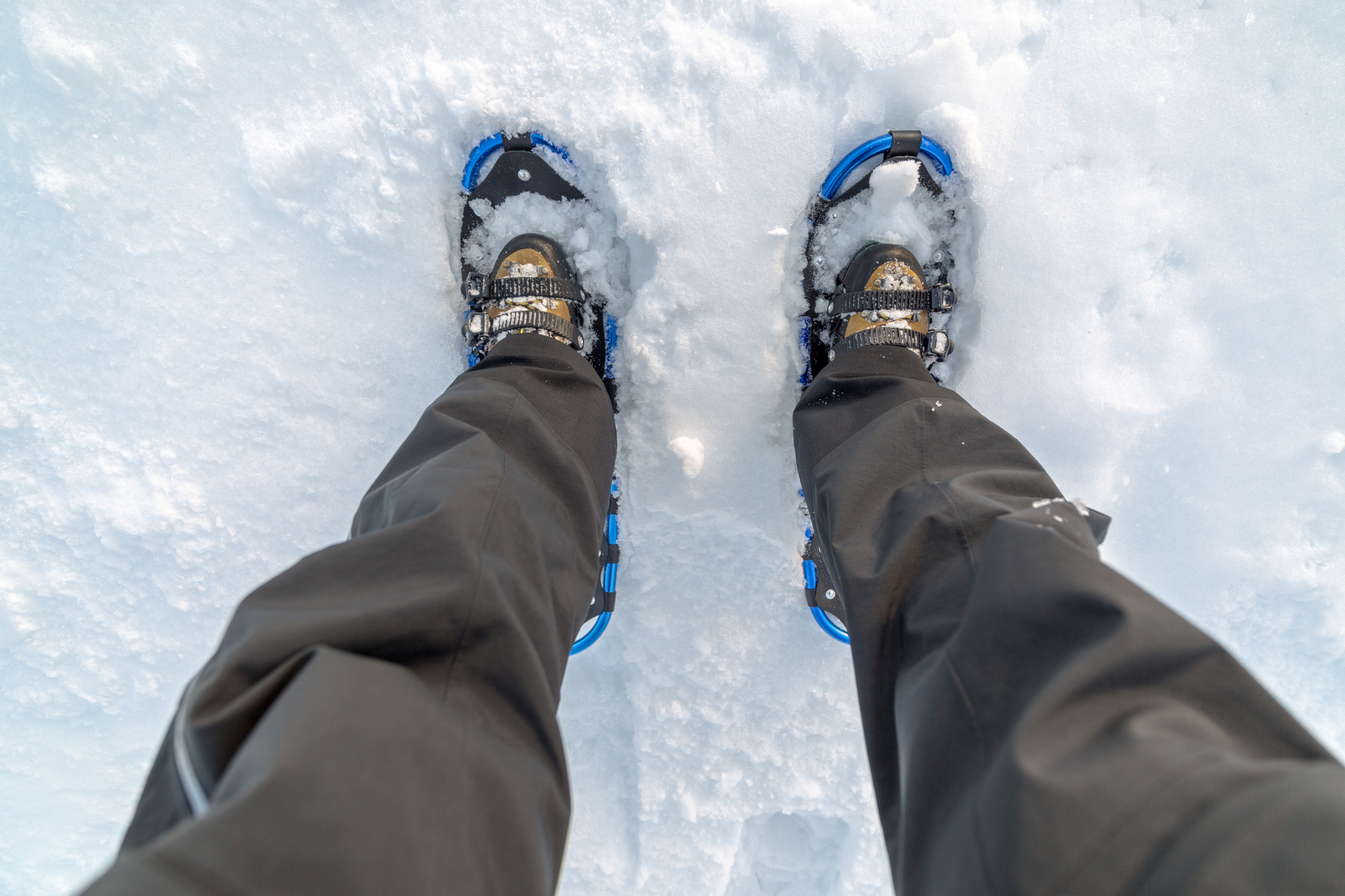
Crampons and snowshoes are both types of footwear that you put on over your hiking boots to help you walk in wintery conditions, however, they are actually quite distinct in terms of both function and appearance.
Snowshoes have a wide surface area that is quite a bit larger than your bootprint composed of a frame, usually made of aluminium, and webbing made using plastic or a fabric like canvas. The wide design spreads out your weight over a larger area, providing flotation in deep snow. The flotation allows you to walk at a somewhat normal pace, instead of sinking in with each step which slows you down and saps your energy.

In comparison, crampons have a metal frame that is roughly the same size as your bootprint with large, sharp metal spikes which bite into ice to give you traction. Depending on the type of crampon, they might have as many as 12 spikes that are usually between half an inch and two inches long. They’re great for hiking icy and steep terrain. Different types of crampon match different winter hiking boots.
Are crampons good for snow?
- Crampons work best on ice terrain and hard packed snow
- They're used by winter walkers, mountaineers and ice climbers
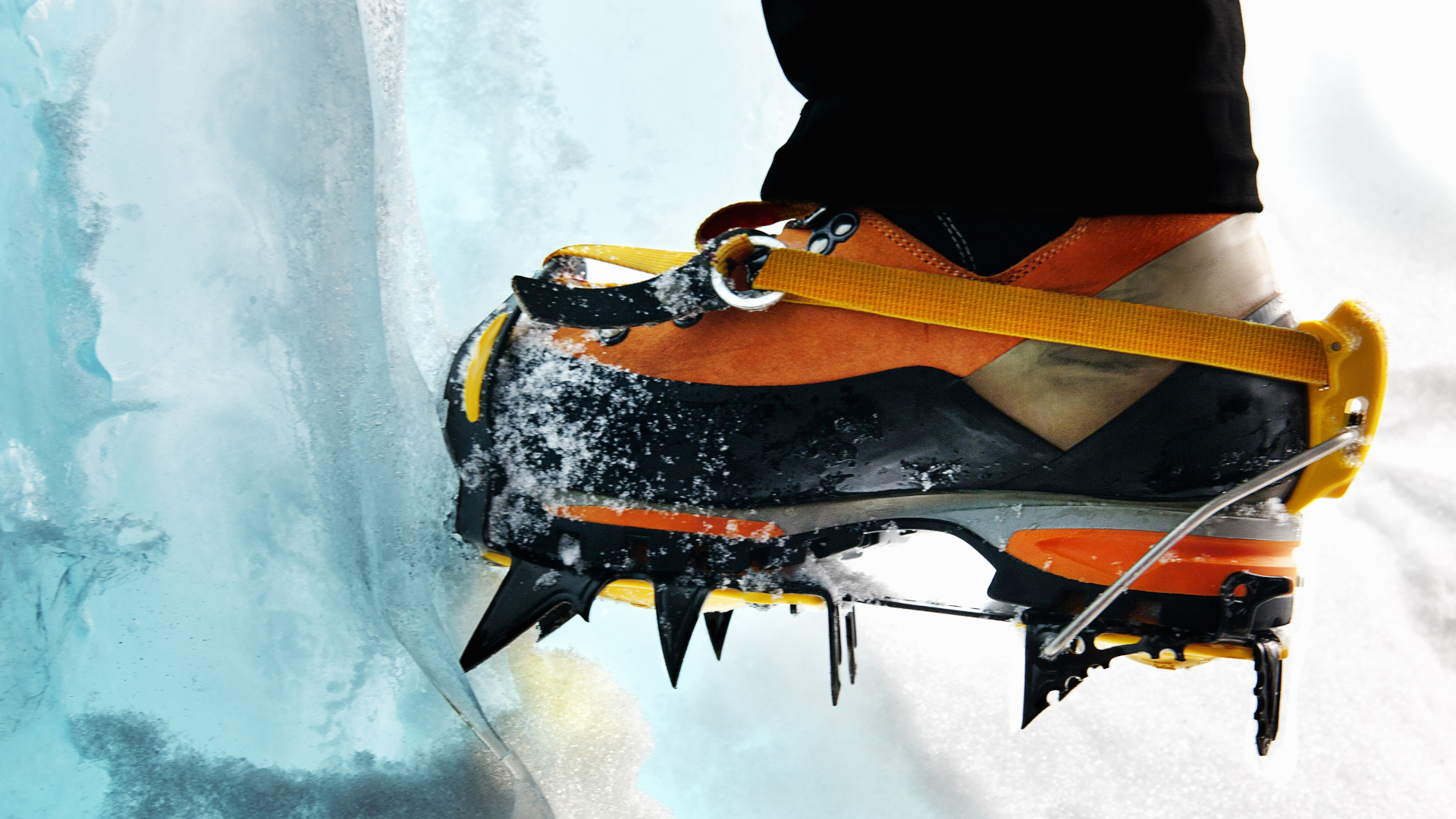
Crampons really work best on icy terrain and hard packed snow. They are used by mountaineers to stay surefooted on steep icy slopes, as well as for activities such as glacier hiking and, on the other extreme, ice climbing. There are hiking crampons these days that have shorter spikes. They won’t, however, keep you afloat in deep snow, so if you’re looking for something to hike on low angle, snow-covered trails in places like Colorado and Vermont, you’ll definitely want a pair of snowshoes.
Can you use snowshoes on ice?
- Snowshoes aren't designed for traction and are unsuited to ice
- Some snowshoes come with spikes for icy terrain
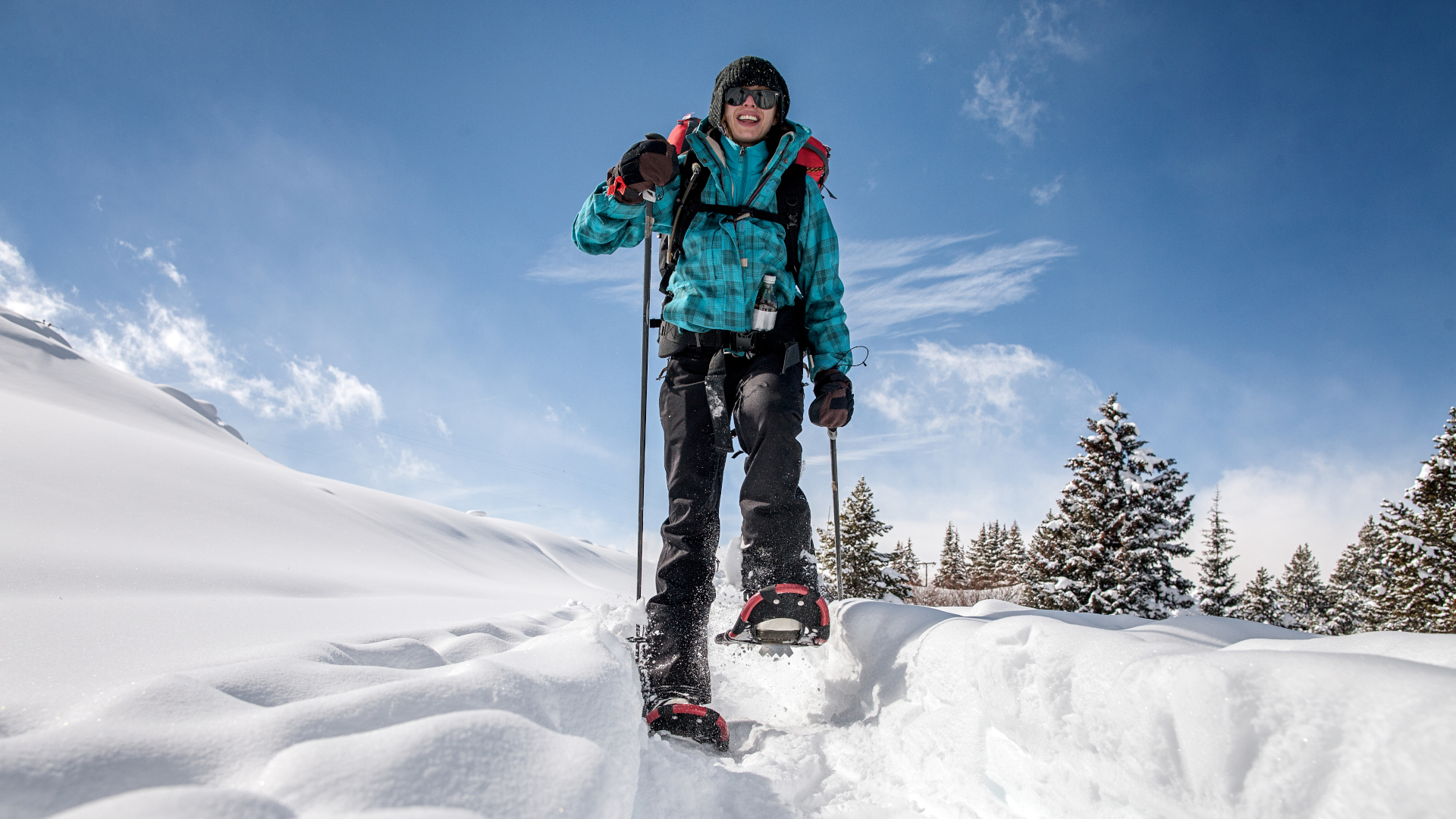
Since snowshoes provide flotation, rather than traction, they won’t do a lot to help you walk on a smoother, icy surface, and in fact may be even more burdensome than just doing it in your winter hiking boots. Many snowshoes these days do come with a crampon so you can use them for traction in mixed conditions where there is both snow and ice. However if you’re walking on hard packed snow or ice for a long distance, and on steep slopes, they’ll only slow you down and you’ll do better with the traction of crampons or even Yaktrax or Microspikes.
All the latest inspiration, tips and guides to help you plan your next Advnture!
Remember that snowshoes come in a variety of styles and sizes these days for different types of walking and even running, so be sure to read our article on how to choose snowshoes before you buy.
So, which do I need?
- For deep, powdery snow, snowshoes are preferable
- For hard packed snow and ice, crampons are preferable, particularly for steep ground
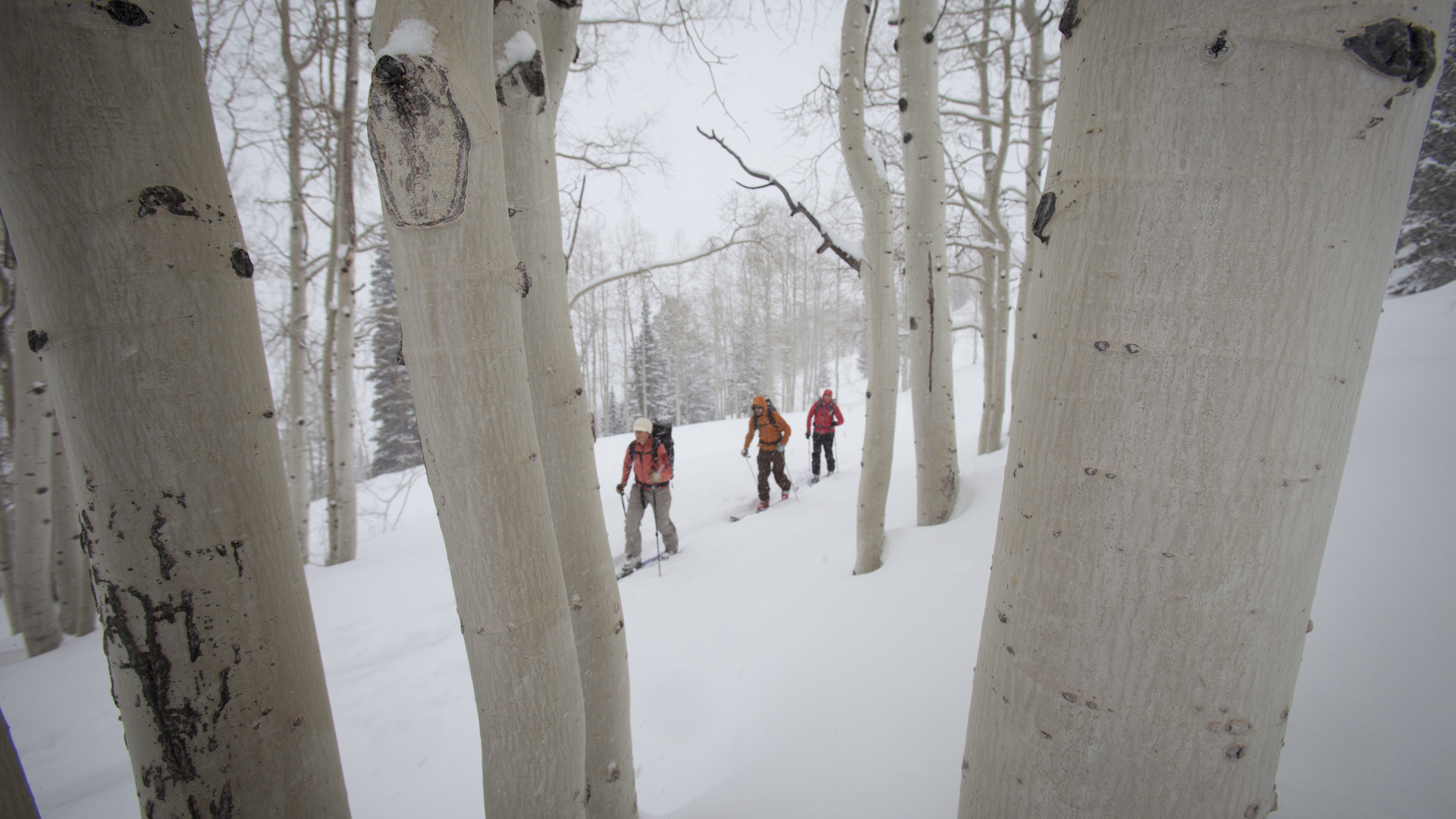
As you can see, snowshoes are a flotation device whereas crampons are for traction, and which you need depends on the conditions where you’re going to be exploring. If you’re going to be walking in deep, powdery snow, you’ll want snowshoes to keep you on the surface or you’ll just tire out before you get anywhere. Trekking poles are often used in conjunction with snow shoes, to help you propel yourself along the trails.
If you’re likely to encounter hard packed snow and ice, wear a good pair of winter hiking boots and put on your crampons when you encounter those conditions, particularly on steep terrain. Crampons are invariably used along with an ice axe, or two if climbing particularly technical terrain.
The good news is that in most places, you’re unlikely to encounter both of these conditions on the same adventure, so it will usually be obvious which one you need.
Julia Clarke is a staff writer for Advnture.com and the author of the book Restorative Yoga for Beginners. She loves to explore mountains on foot, bike, skis and belay and then recover on the the yoga mat. Julia graduated with a degree in journalism in 2004 and spent eight years working as a radio presenter in Kansas City, Vermont, Boston and New York City before discovering the joys of the Rocky Mountains. She then detoured west to Colorado and enjoyed 11 years teaching yoga in Vail before returning to her hometown of Glasgow, Scotland in 2020 to focus on family and writing.

